|
It's surprising just how far some deep sky objects stretch across the sky. This composite shows a deeper exposure aligned over a wide-angle image of the Caradon Observatory site. The outer Milky Way runs from upper left to lower right, from Gemini to Cassiopeia. Visible above the trees is the red smear of NGC 1499, the California Nebula, to scale with the foreground image. It covers some 3 degrees of the sky, six full Moons across. While invisible to the naked eye it's not that far out of sight, making a challenging binocular target. However, in long-exposure photographs it's one of the brightest nebulae in the sky. A closer view shows its structure, glowing red from ionised hydrogen with hints of blue from glowing oxygen giving it a pink hue. Dark features are concentrations of dust, often sites of star formation. It's a vista sculpted by natural processes - stellar winds and radiation pressure from bright stars, and gravity.
Xi Persei is a runaway star, ejected from its birthplace either by a close encounter with another star or the supernova of a companion. A chance encounter has brought it close to a molecular cloud, making the California Nebula visible. The plane of the Milky Way is littered with these concentrations of gas and dust, largely invisible in the visible spectrum but detectable by radio and infra-red telescopes. The nebula is just an optically bright feature of a much larger complex. If Xi Persei had been launched in another direction it might well have painted, and to a degree sculpted, an entirely different deep sky object. The monochrome image above was taken using a short telephoto lens on the 26th March and blended into a colour image taken previously. Imaging it with a telescope usually requires shooting separate panes to stitch together in a mosaic, as it will not fit within the field of view. This spectacular 103 hour effort by Sara Wager shows the nebula in intricate detail and is best viewed on a large high-resolution monitor.
0 Comments
Your comment will be posted after it is approved.
Leave a Reply. |
Archives
May 2020
Categories
All
|
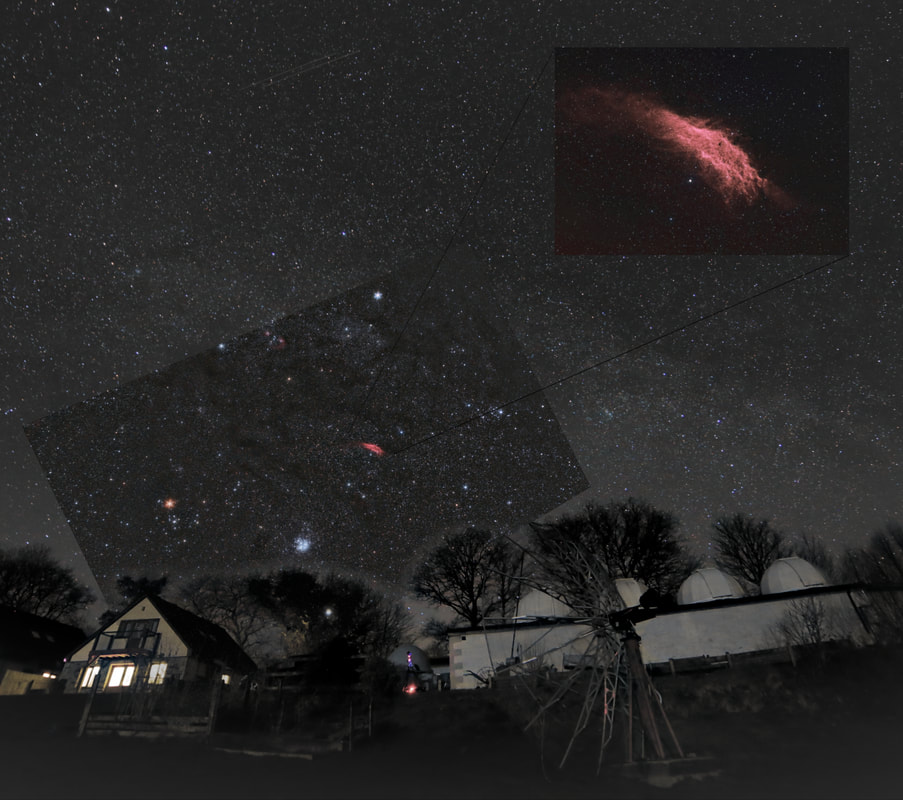
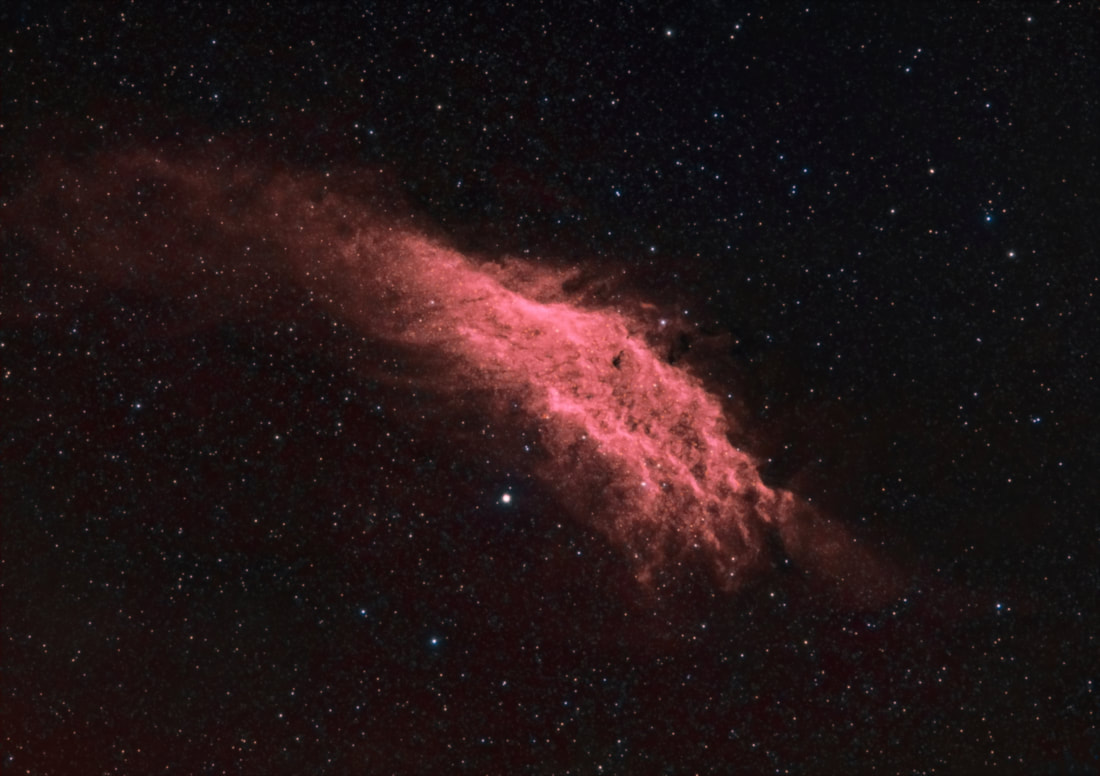
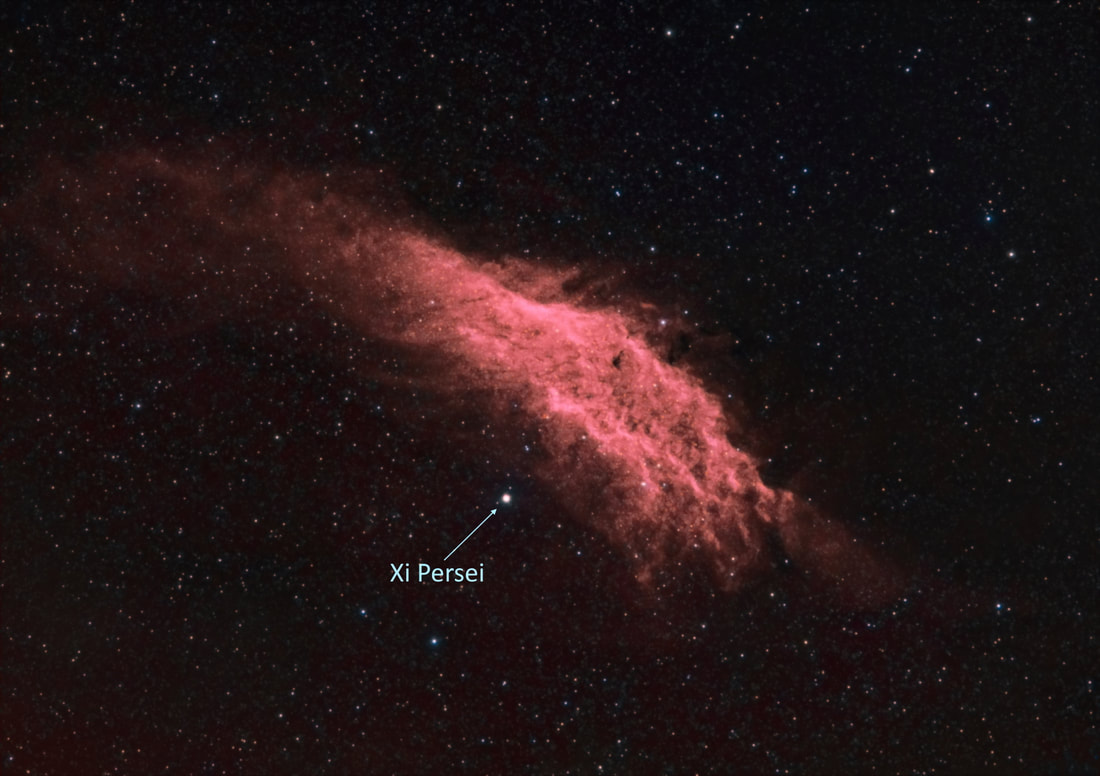
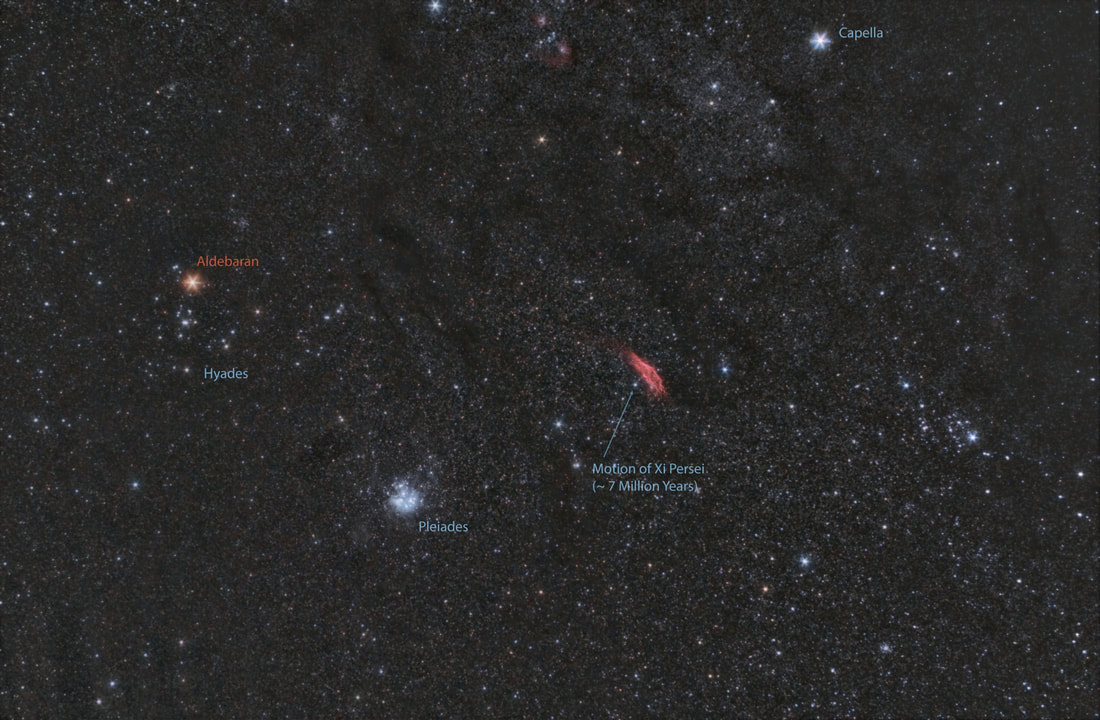
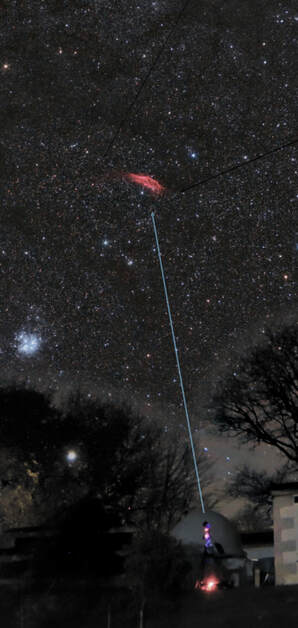
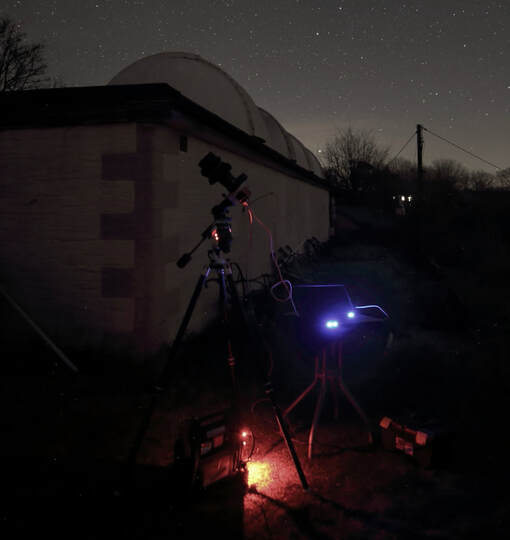
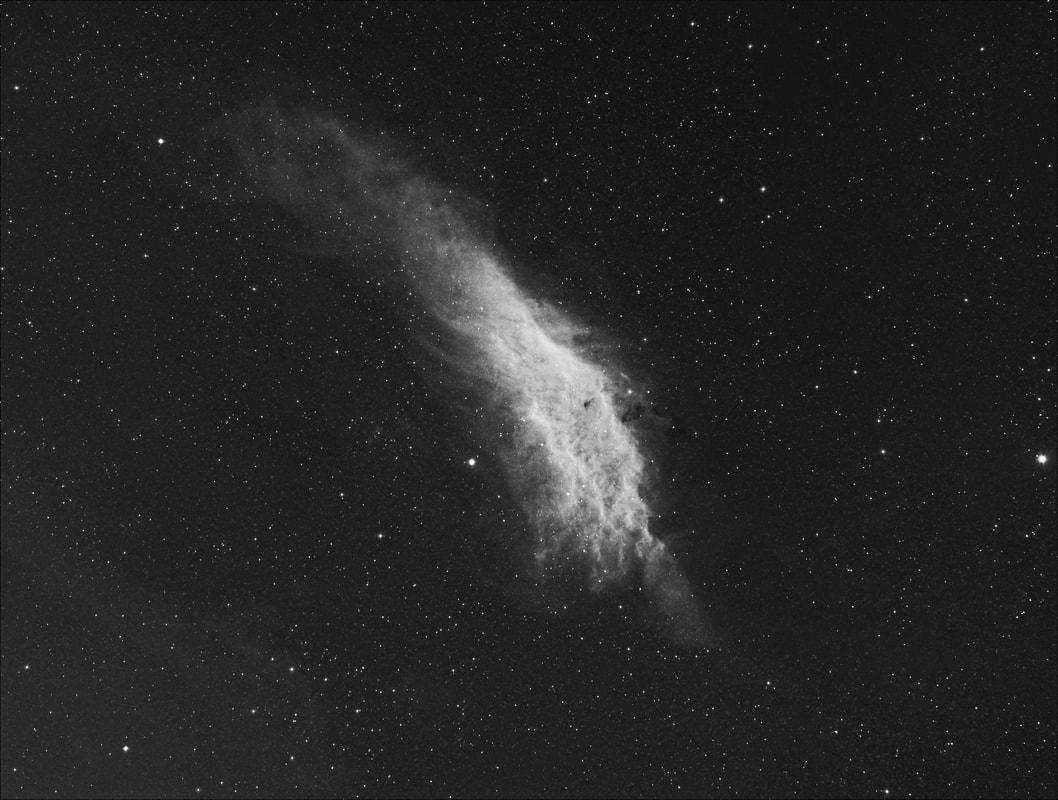
 RSS Feed
RSS Feed